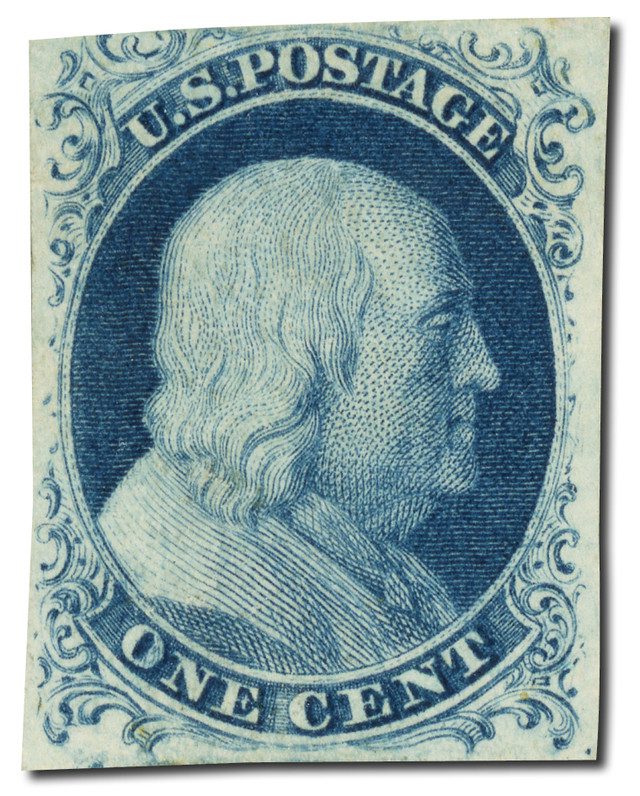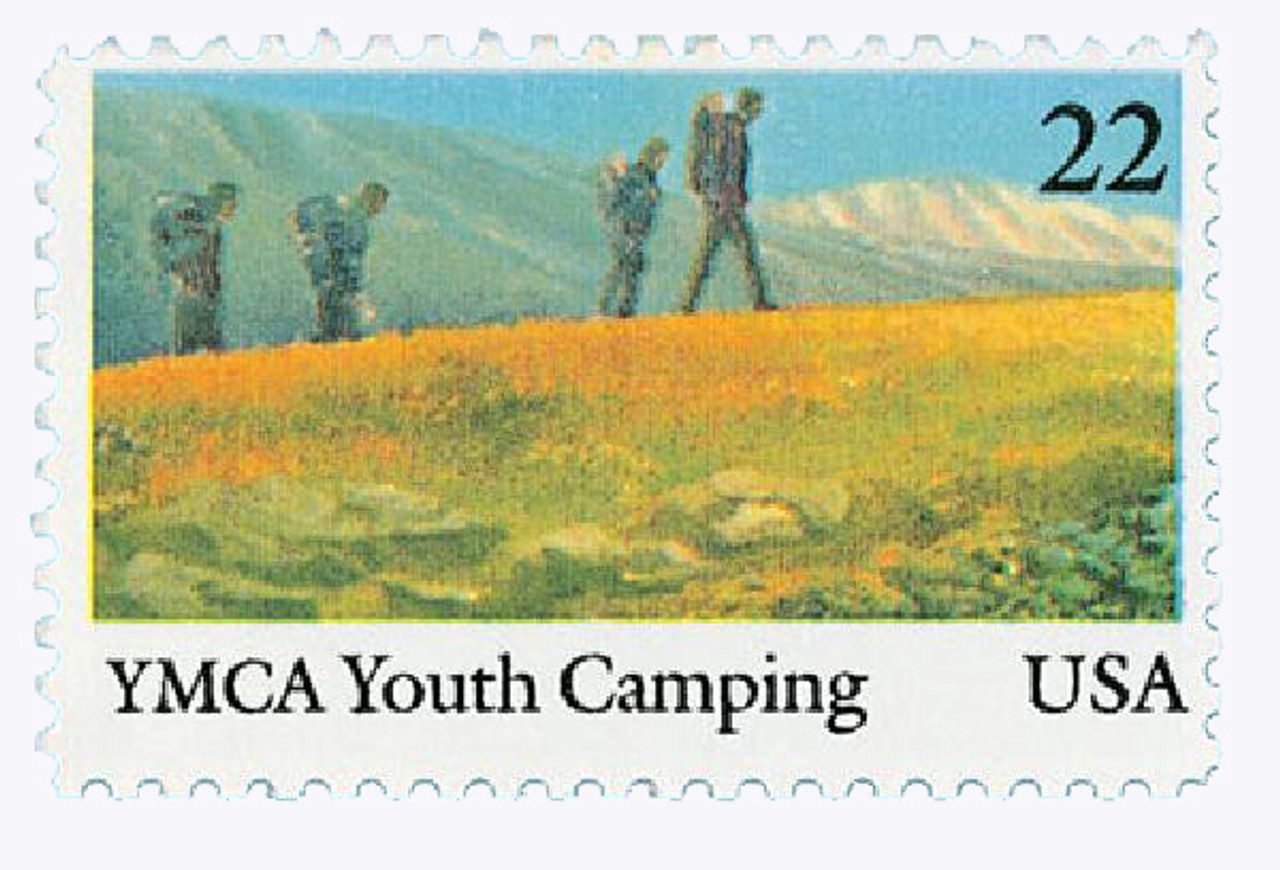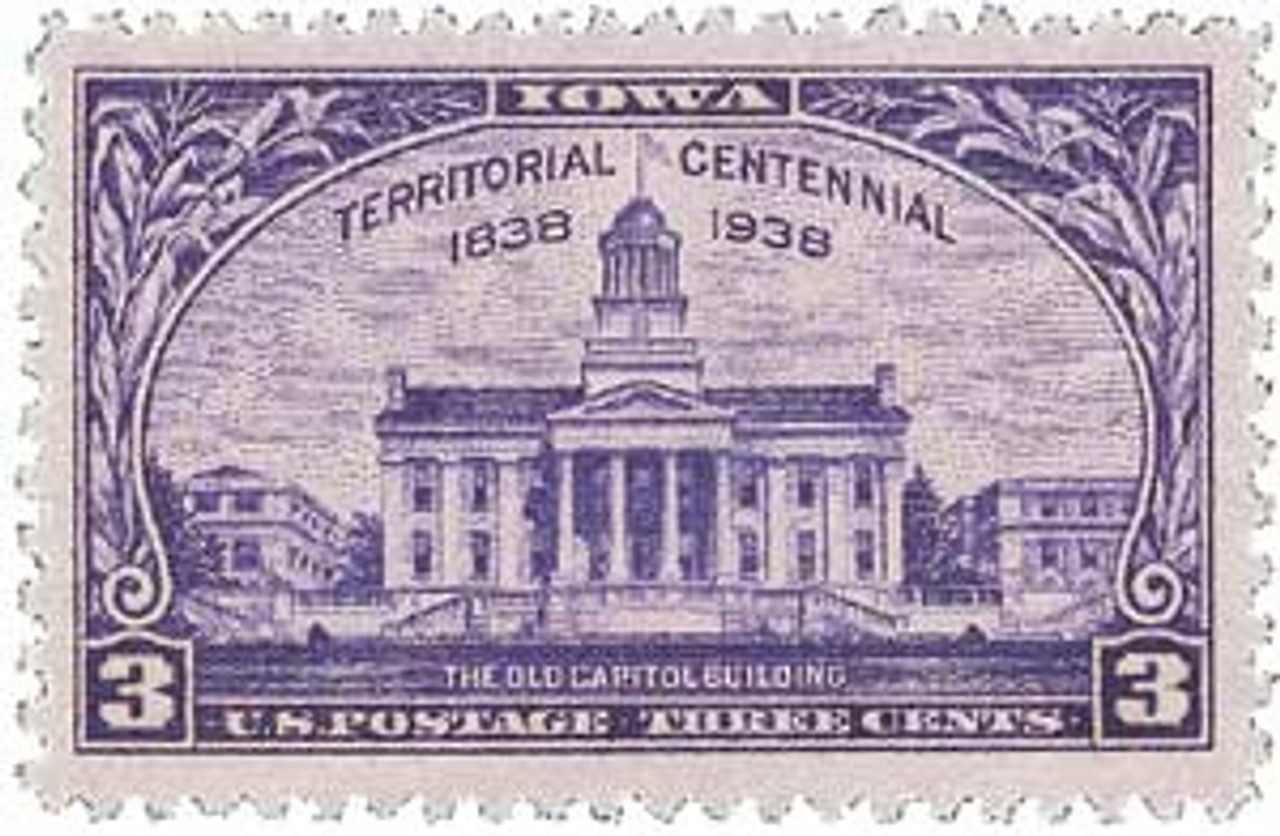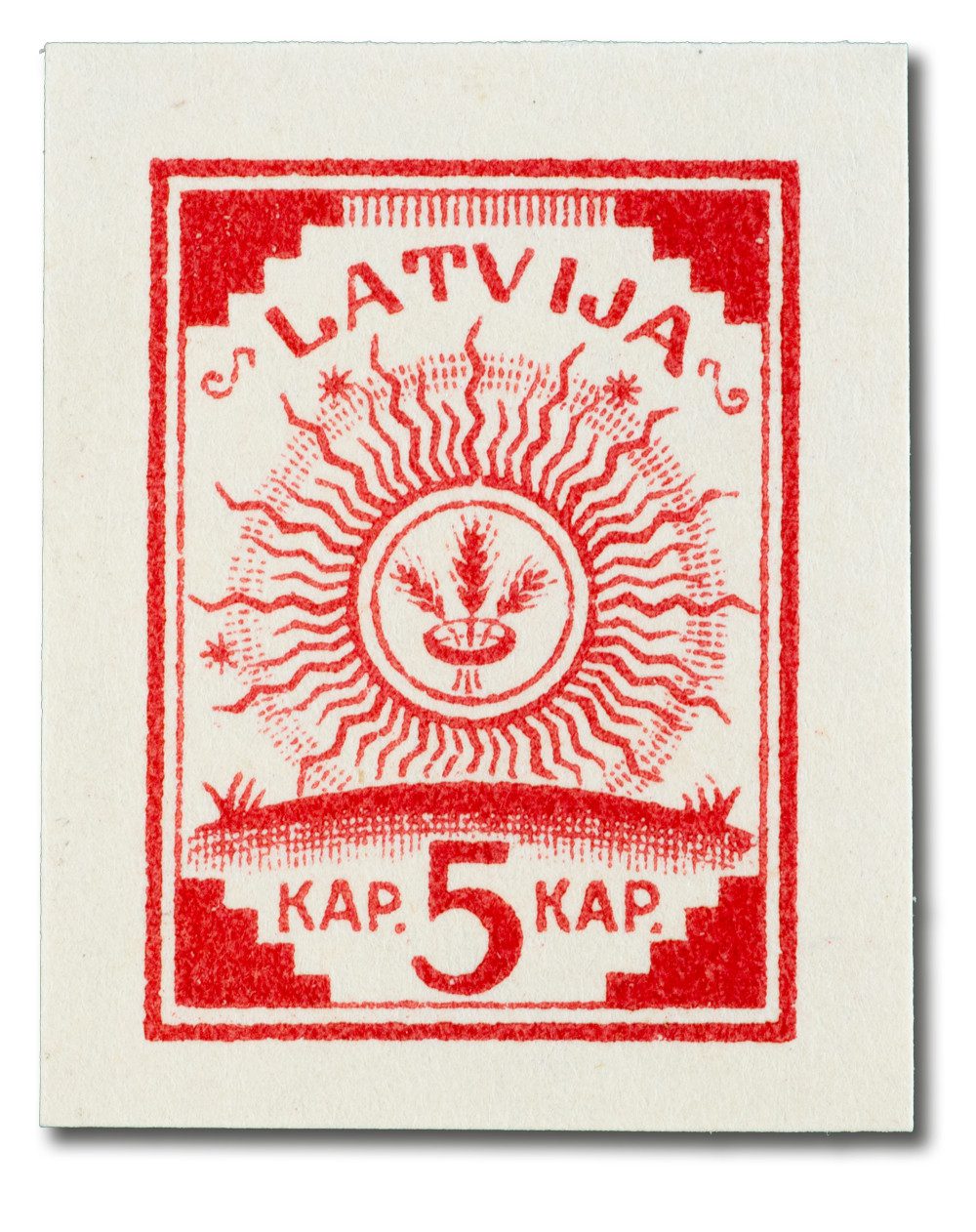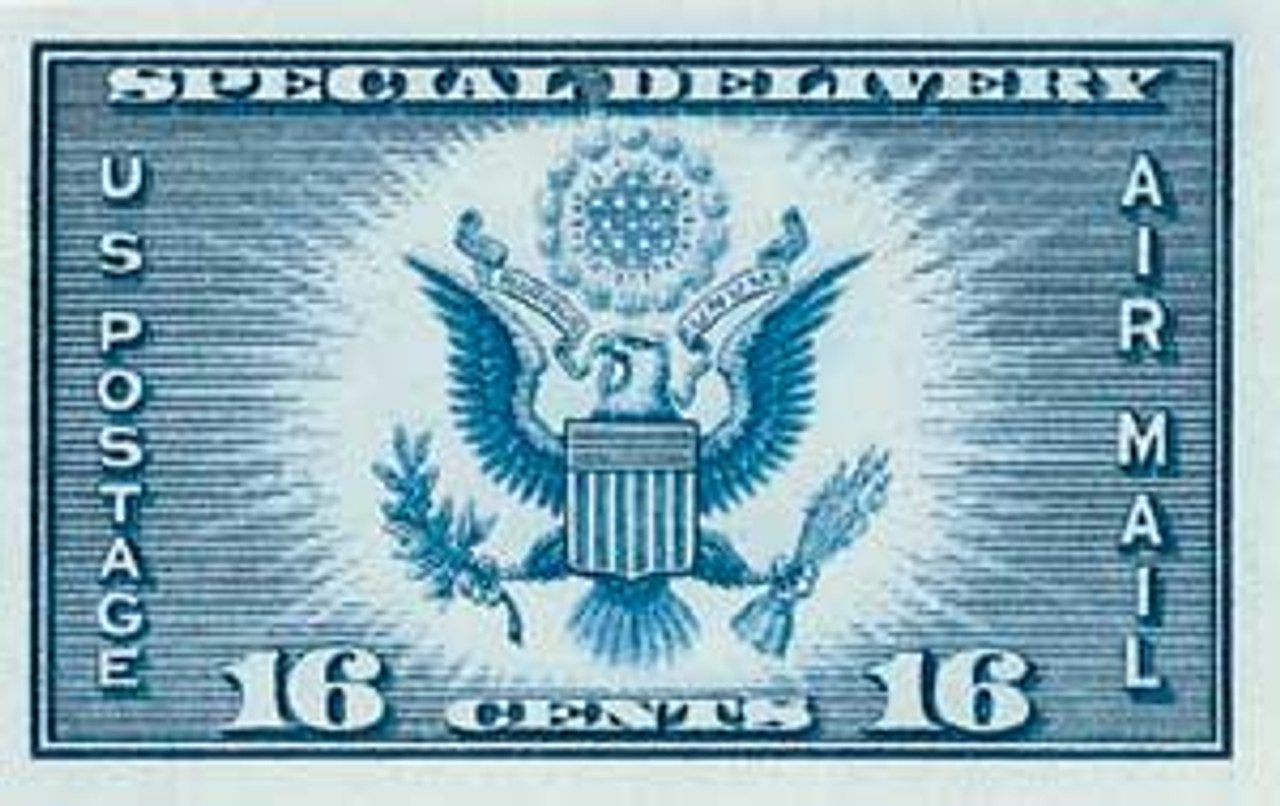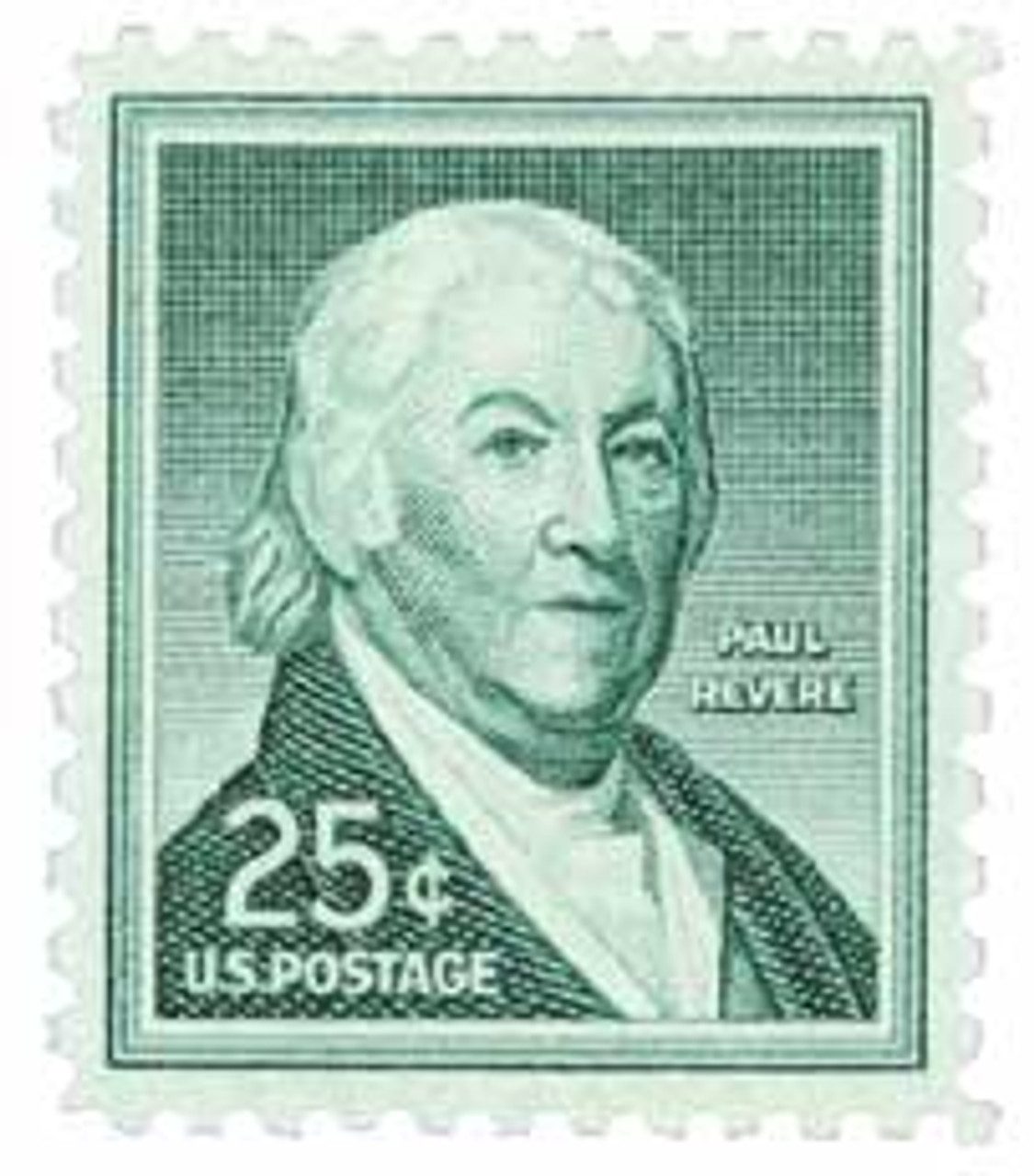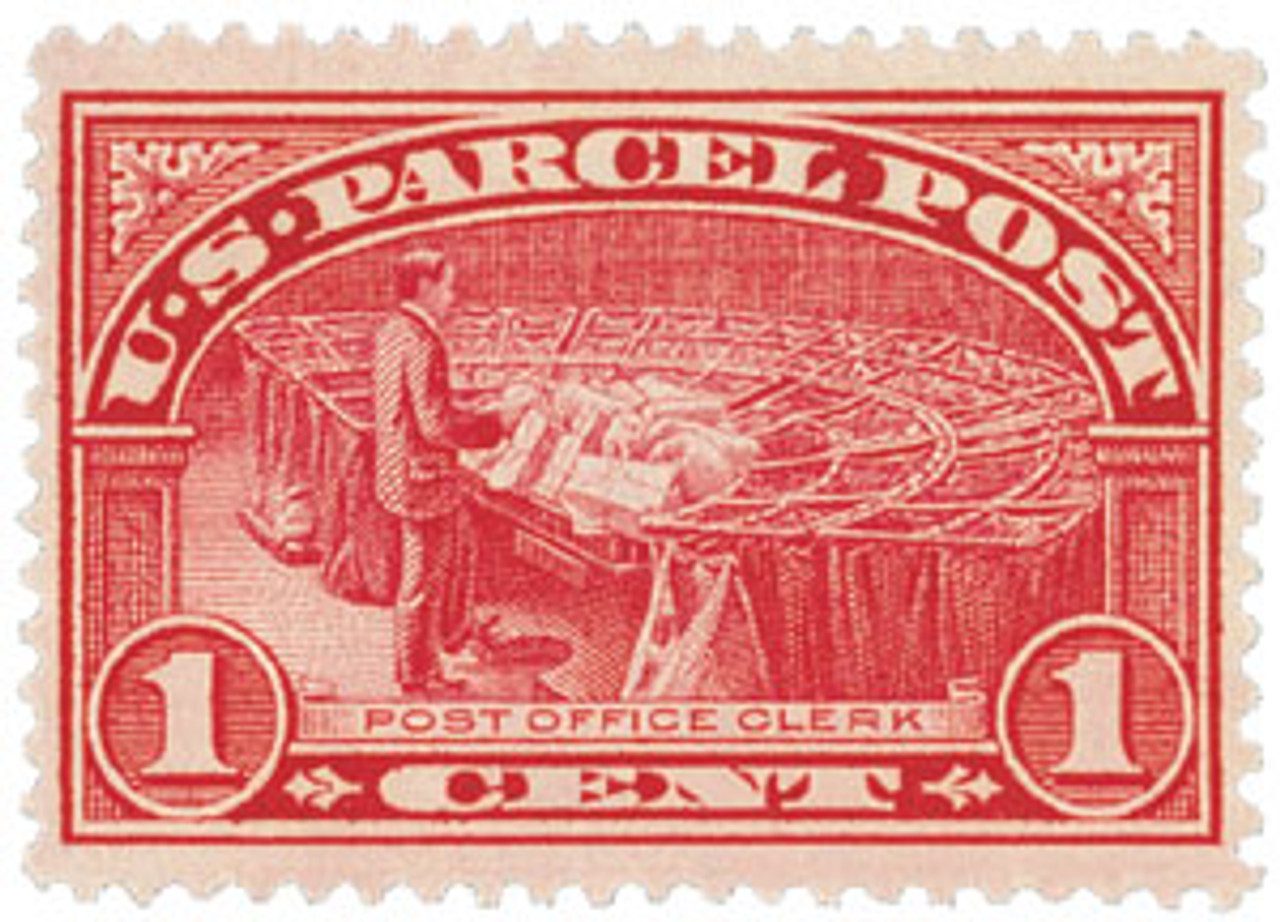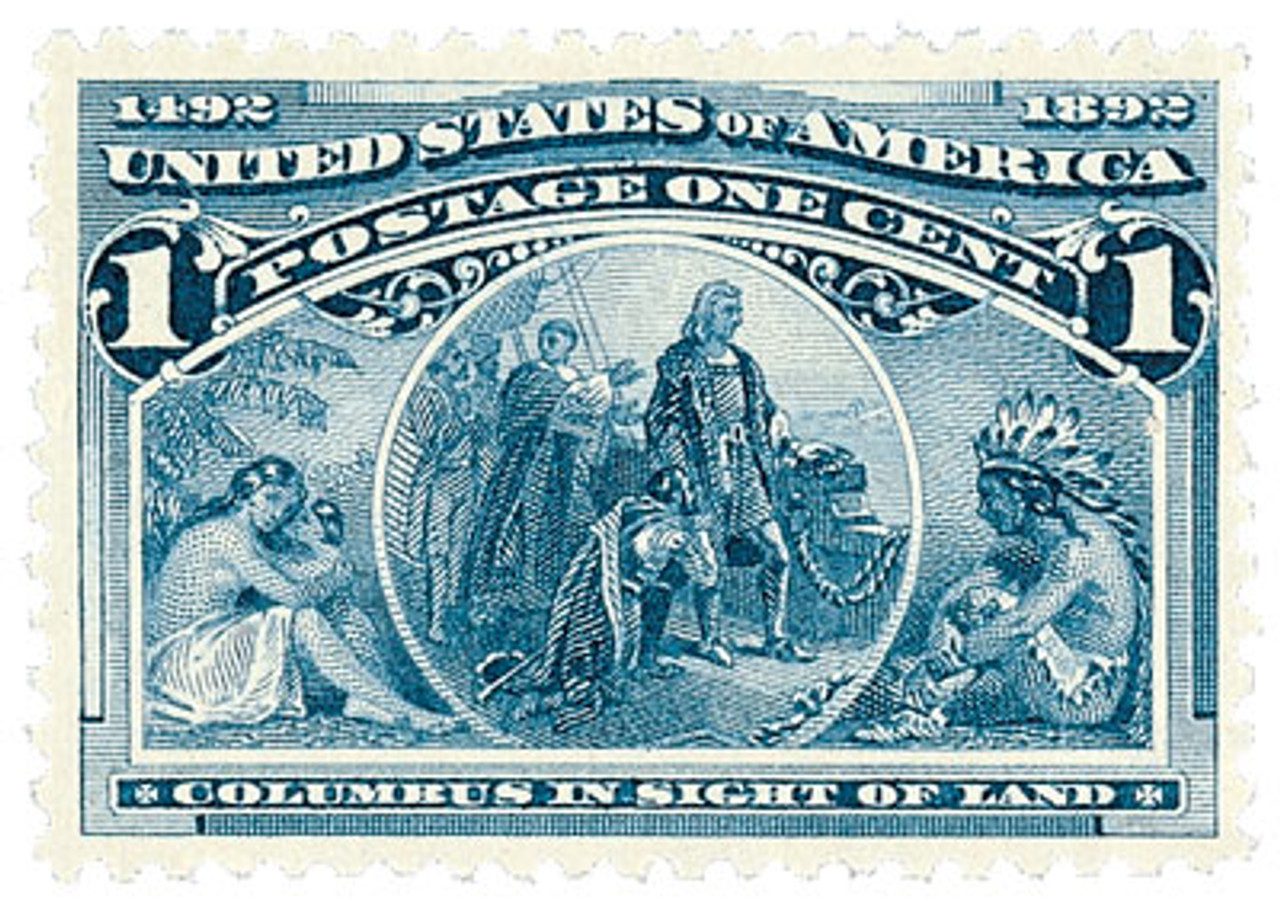Battle of Stones River
On December 31, 1862, the Battle of Stones River (also known as the Second Battle of Murfreesboro) began in Middle Tennessee. What followed would become one of the bloodiest and most hard-fought clashes of the Civil War, with the fate of the region hanging in the balance.

